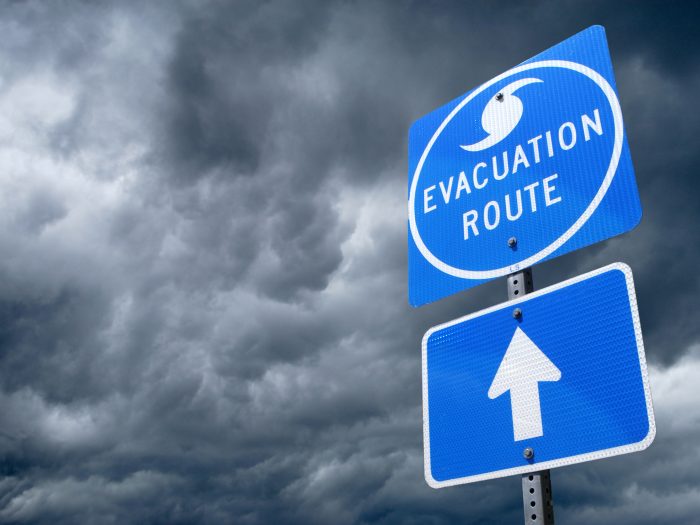Property Catastrophe Reinsurance Rates Moderate at June 1 Renewals: Report

After two years of significant rate increases, the property catastrophe reinsurance market is seeing a moderation in pricing at the June 1 renewals, according to reinsurance intermediary Howden Re. The firm said that average risk-adjusted property catastrophe reinsurance rates-on-line were 5% lower at midyear, compared to a year ago, with decreases typically ranging from -7.5% to -2.5%.
The reinsurance market is undergoing a period of adjustment, largely driven by a resurgence in dedicated capital in the property catastrophe reinsurance sector, according to the report. This capital now exceeds 2021 levels, leading to increased capacity at the top of property catastrophe reinsurance programs. As a result, risk-adjusted rates have seen reductions in the higher layers.
In response to this shifting landscape, reinsurance buyers and sellers engaged early in the year to negotiate renewals, according to Howden Re. Cedents sought to secure better terms and conditions, aiming to address previous increases in limits, attachments, and narrower wordings. Reinsurers took a proactive approach, completing many programs early in order to deploy increased retrocession capacity as the renewal period approached.
This strategic move allowed some reinsurance buyers to achieve more favorable terms for June 1, even as the overall market remains cautious, Howden Re said.
“It is crucial that our clients secure optimal coverage in this rapidly evolving landscape,” said Wade Gulbransen, Howden Re’s head of North America. “This means not only finding capacity, but also ensuring it aligns with their risk profiles and financial objectives.”
Increased Capacity and Shifting Focus
The insurance-linked securities (ILS) market has seen a notable increase in activity and competition, with over $3 billion of catastrophe bonds issued covering Florida perils alone so far this year, Howden Re noted. Larger Florida carriers have been particularly active in issuing these bonds, contributing to the increased supply in higher layers. Collateralized retrocession capacity has likewise expanded, with capital providers’ assets under management growing significantly.
Overall, the issuance of new CAT bonds and related ILS contracts has already broken the half-year record, reaching $11.3 billion 2024 year-to-date, according to a report by Artemis. This includes a single-month record level of $4 billion in issuance in May, Artemis stated.
In tandem with this ILS market growth, some reinsurers have begun to re-focus on property risks, aiming to grow in peak zones including southwest wind, the intermediary said. This shift follows strong performances in 2023, with many reinsurers reporting their best financial results in decades in terms of combined ratio, return on equity, and economic value added.
The increased level of ILS interest reflects a broader market trend towards diversified alternative risk transfer mechanisms. These developments are offering reinsurers and cedents more options to manage their exposures in an evolving risk landscape. As the market continues to adapt, strategic flexibility and innovative solutions will be key to navigating the challenges and opportunities that lie ahead.
Countervailing Factors and Market Outlook
Several factors could exert short-term rating pressure on the reinsurance market, despite the recent positive trends, Howden Re cautioned.
Forecasts indicate the potential for an above average 2024 Atlantic hurricane season, following weakening El Niño conditions and a 60% chance of La Niña developing midseason, which typically portends stronger storms. Additionally, loss estimates from 2022’s Hurricane Ian have risen, and there are persistent challenges in lower reinsurance layers, especially below the 10-year return period.
These elements underscore the inherent volatility in the reinsurance market and the need for strategic resilience, even as dedicated capital recovers and capacity increases in certain areas.
“The reinsurance market is at a critical juncture. While the recovery of dedicated capital and increased capacity signal a potential softening of rates, the forecasted active hurricane season and other market pressures could counteract these trends,” said David Flandro, head of industry and strategic advisory at Howden Re.
View the full release on Howden Re’s website. &








